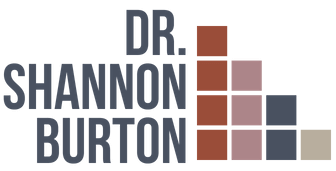One of the most critical factors a teacher must consider when it comes to student achievement is the support they can provide to individual learners. This is especially important for students with special needs, such as those with emotional and social learning disorders. In this article, we will talk about different ways you can help struggling students.
Know your students
Having a good understanding of the various factors that influence a student’s learning is very important for teachers. They can identify the triggers that motivate and excite their students before implementing explicit instructional modeling.
When a student knows that they are loved and cared for by their teacher, this can provide them with a clear understanding of the appropriate support they need. This will help them develop critical thinking skills and become self-directed learners.
Plan your lessons for the different levels of your students
Transitioning to differentiated instruction involves planning and implementing strategies that will help all students reach their individual readiness levels. It also requires teachers to deliver targeted instruction at these levels.
One of the most challenging aspects of implementing differentiated instruction is accurately identifying the appropriate instruction for each student. This process can be done through the planning process. Having the correct starting line can help teachers effectively support their students.
Tailoring instruction and planning carefully are two of the most important factors that a teacher must consider when it comes to implementing differentiated instruction. They can help a student develop a personalized path that addresses their specific needs.
Following up is key
The goal of explicit instruction is to help students develop basic skills and information. This process can be done through modeling and direct instruction. In order to demonstrate the learning activity, the teacher must think out loud, explicitly explaining the steps for the activity.
As the learning progresses, most students take responsibility for their own learning. However, for struggling students, the teacher must support them with additional support throughout the process of the Gradual Responsibility Framework.
These supports can be provided through scaffolded supports, which are designed to help students close their learning deficits. For instance, a research-based support strategy can help English learners by providing visual representations of their learning. This type of strategy can be used effectively in all grade levels.
Assess students’ understanding throughout the lesson
Although assessment is not left until the end of a lesson, it should be done throughout the process of the Gradual Responsibility Framework. This can be done through formative assessment features.
Teachers can also use various forms of assessment, such as observations, notes, and anecdotal records, to provide an immediate response to help students improve their understanding. This type of response can help them develop a deeper understanding of the concept.

